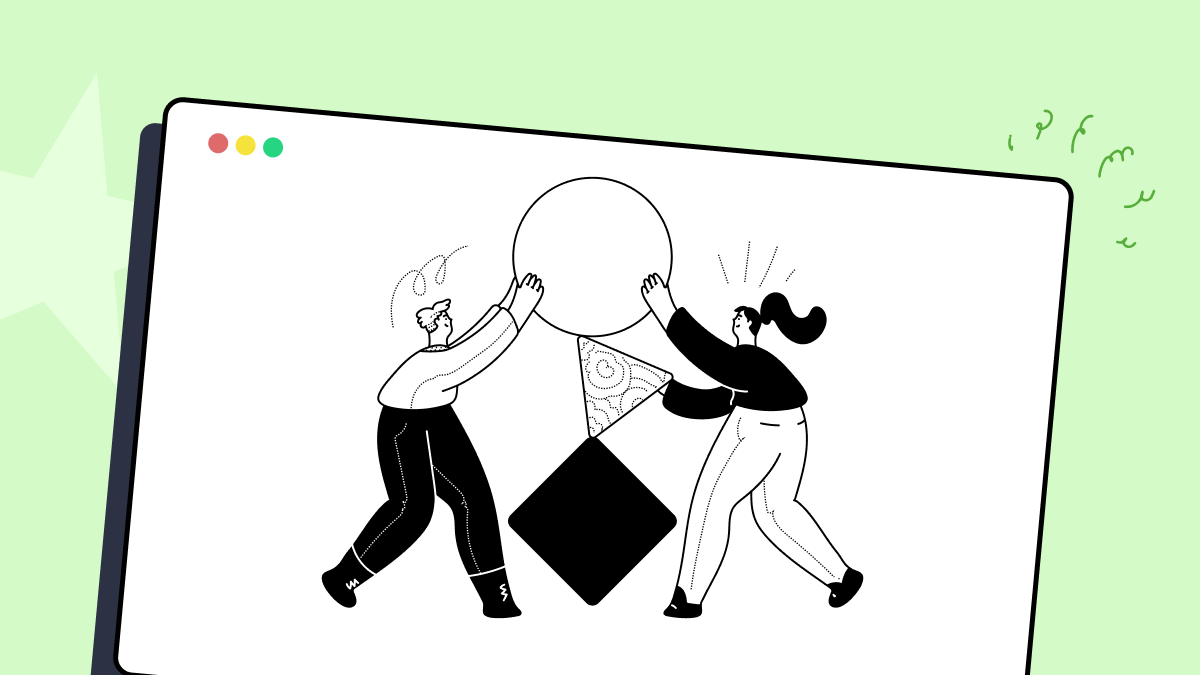How to use assertHeaderIsAsExpected method in wpt
Best JavaScript code snippet using wpt
addWindow-extra-config.window.js
Source: addWindow-extra-config.window.js
...28 await assertSimplestScriptRuns(main);29 await assertFunctionRuns(main, () => testFunction(), 'testFunction exists');30 await assertFunctionRuns(main, () => testFunction2(), 'testFunction2 exists');31 await assertOriginIsAsExpected(main, location.origin);32 await assertHeaderIsAsExpected(main, header1Name, header1Value);33 await assertHeaderIsAsExpected(main, header2Name, header2Value);...Using AI Code Generation
1var wpt = require('webpagetest');2var wpt = new WebPageTest('www.webpagetest.org');3 wpt.assertHeaderIsAsExpected(data.data.runs[1].firstView.headers, 'content-type', 'text/html; charset=UTF-8');4});5Your name to display (optional):6Your name to display (optional):7You can use the require statement to import the module in your test.js file. The syntax is as follows:8var wpt = require('webpagetest');9You can use the following code to import the module in your test.js file:10var wpt = require('webpagetest');11var wpt = new WebPageTest('www.webpagetest.org');12Your name to display (optional):Using AI Code Generation
1var wpt = require('./wpt.js');2 if (err) {3 console.log(err);4 }5 else {6 console.log(result);7 }8});9var request = require('request');10module.exports = {11 assertHeaderIsAsExpected: function(url, expectedHeader, callback) {12 request(url, function(err, response, body) {13 if (err) {14 callback(err);15 }16 else {17 var actualHeader = response.headers['content-type'];18 if (actualHeader === expectedHeader) {19 callback(null, 'Header is as expected');20 }21 else {22 callback(null, 'Header is not as expected');23 }24 }25 });26 }27};Using AI Code Generation
1var wpt = require('webpagetest');2var api = new wpt('API_KEY');3var testOptions = {4};5api.runTest(testUrl, testOptions, function (err, data) {6 if (err) {7 console.log('Error: ' + err);8 return;9 }10 console.log('Test Created: ' + data.data.testId);11 api.getTestResults(data.data.testId, function (err, data) {12 if (err) {13 console.log('Error: ' + err);14 return;15 }16 console.log('Test Results: ' + JSON.stringify(data.data));17 var testResults = data.data;18 var testId = testResults.testId;19 var testUrl = testResults.url;20 var testLocation = testResults.location;21 var firstView = testResults.data.average.firstView;22 var firstViewHeaders = firstView.headers;23 var headerToCheck = 'x-cache';24 var expectedHeaderValue = 'HIT';25 wpt.assertHeaderIsAsExpected(firstViewHeaders, headerToCheck, expectedHeaderValue, function (err, data) {26 if (err) {27 console.log('Error: ' + err);28 return;29 }30 console.log('Assertion Result: ' + JSON.stringify(data));31 });32 });33});34var wpt = require('webpagetest');35var api = new wpt('API_KEY');36var testOptions = {37};38api.runTest(testUrl, testOptions, function (err, data) {39 if (err) {40 console.log('Error: ' + err);41 return;42 }43 console.log('Test Created: ' + data.data.testId);44 api.getTestResults(data.data.testId, function (err, data) {45 if (err) {46 console.log('Error: ' + err);47 return;48 }49 console.log('Blogs
Check out the latest blogs from LambdaTest on this topic:
The count of mobile users is on a steep rise. According to the research, by 2025, it is expected to reach 7.49 billion users worldwide. 70% of all US digital media time comes from mobile apps, and to your surprise, the average smartphone owner uses ten apps per day and 30 apps each month.
Desired Capabilities is a class used to declare a set of basic requirements such as combinations of browsers, operating systems, browser versions, etc. to perform automated cross browser testing of a web application.
The automation backend architecture of Appium has undergone significant development along with the release of numerous new capabilities. With the advent of Appium, test engineers can cover mobile apps, desktop apps, Flutter apps, and more.
Websites and web apps are growing in number day by day, and so are the expectations of people for a pleasant web experience. Even though the World Wide Web (WWW) was invented only in 1989 (32 years back), this technology has revolutionized the world we know back then. The best part is that it has made life easier for us. You no longer have to stand in long queues to pay your bills. You can get that done within a few minutes by visiting their website, web app, or mobile app.
Automation Testing Tutorials
Learn to execute automation testing from scratch with LambdaTest Learning Hub. Right from setting up the prerequisites to run your first automation test, to following best practices and diving deeper into advanced test scenarios. LambdaTest Learning Hubs compile a list of step-by-step guides to help you be proficient with different test automation frameworks i.e. Selenium, Cypress, TestNG etc.
LambdaTest Learning Hubs:
- JUnit Tutorial
- TestNG Tutorial
- Webdriver Tutorial
- WebDriverIO Tutorial
- Protractor Tutorial
- Selenium 4 Tutorial
- Jenkins Tutorial
- NUnit Tutorial
- Jest Tutorial
- Playwright Tutorial
- Cypress Tutorial
- PyTest Tutorial
YouTube
You could also refer to video tutorials over LambdaTest YouTube channel to get step by step demonstration from industry experts.
Try LambdaTest Now !!
Get 100 minutes of automation test minutes FREE!!



